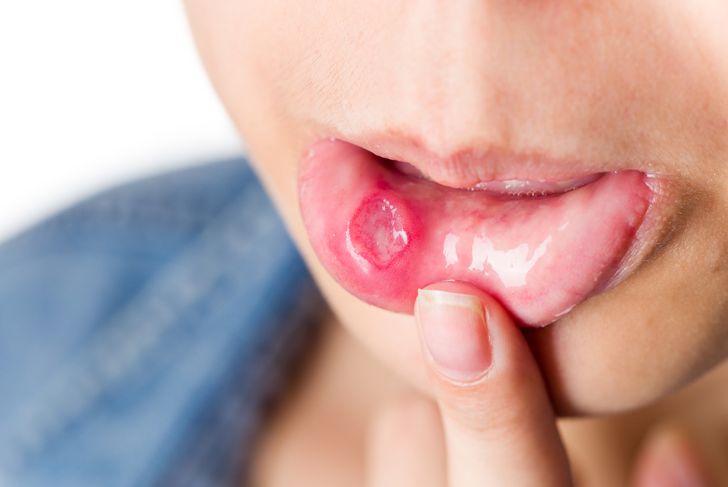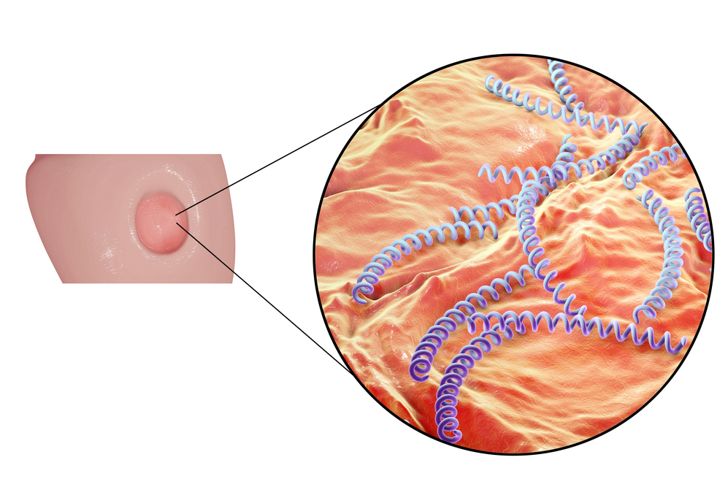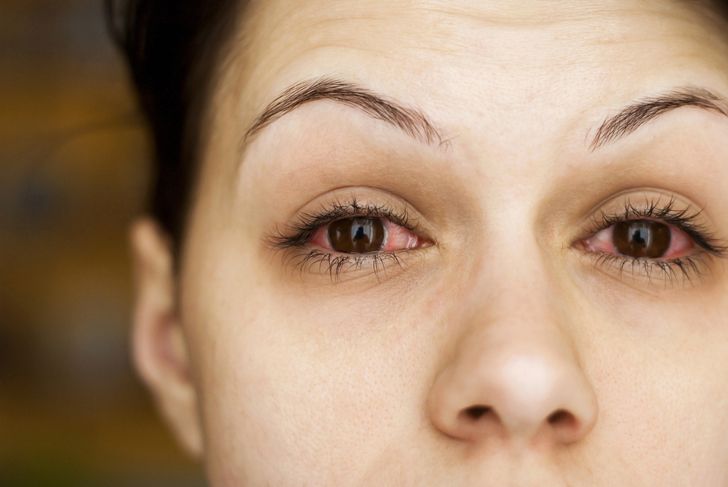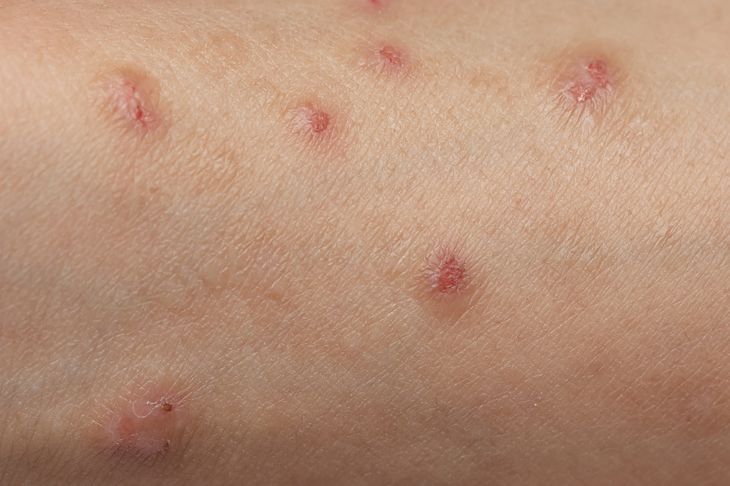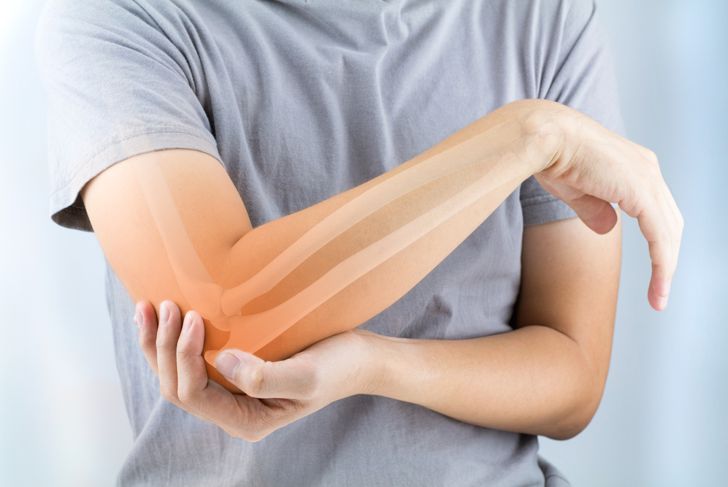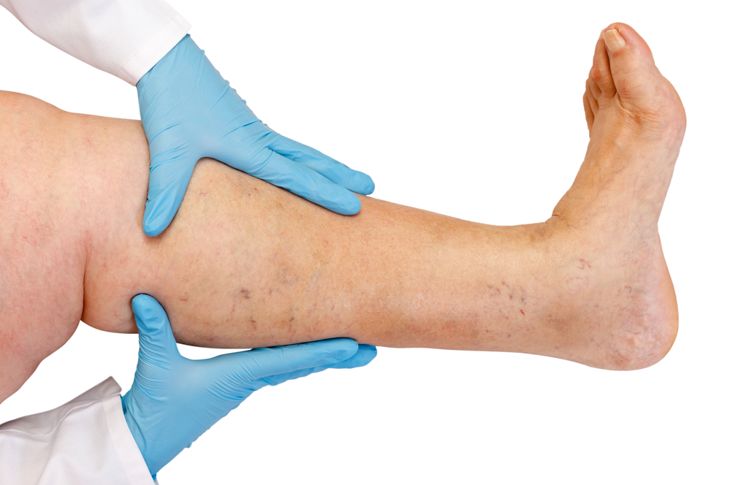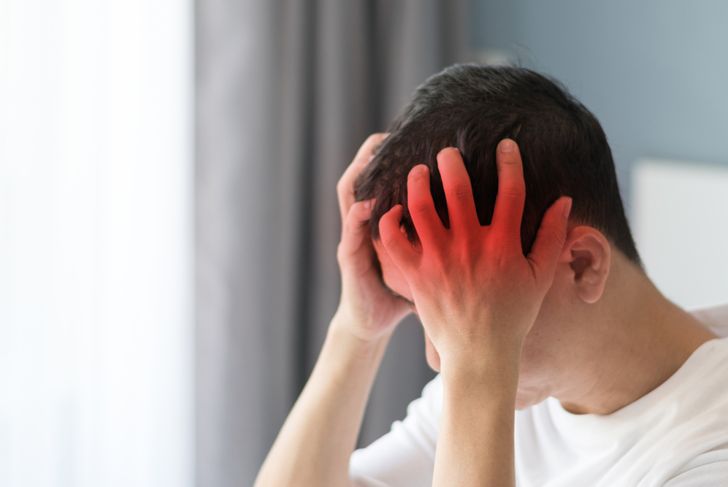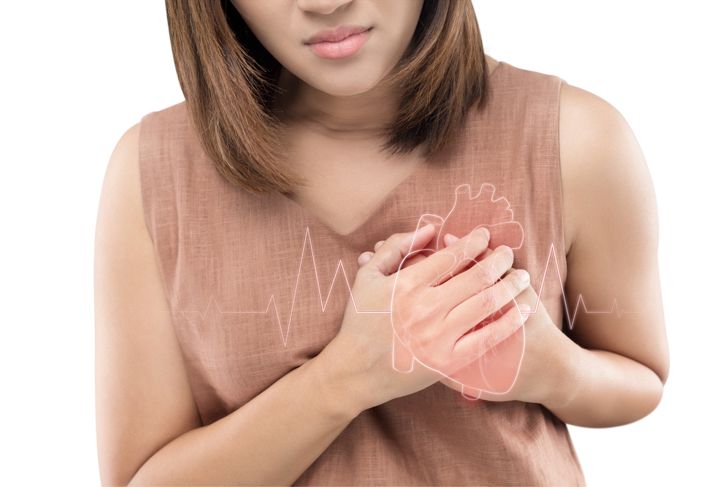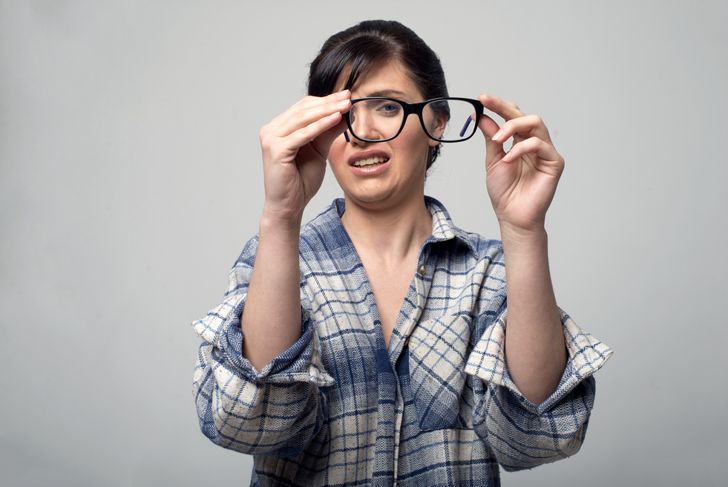Behçet’s disease is a rare, autoinflammatory disorder. It tends to develop in young adults. However, it can occur in all genders, races, and ages. There is no cure for this disease. The treatment focuses on reducing discomfort and preventing serious complications. It is a chronic disease, but symptoms may disappear temporarily. It is not contagious, and symptoms vary from person to person. Some patients have mild symptoms.Others have complications that can affect other organ systems. Flares and remissions are common with this disease.
Oral ulcers
Mouth ulcers begin as round, raised lesions and turn into painful ulcers. This can cause discomfort in performing daily activities such as talking, drinking, and eating. It often takes three weeks to recover from it. Nearly everyone suffering from this disease has mouth sores at some point. They may recur more than three times a year. This is usually one of the first symptoms of this disease. A mouth ulcer takes time to heal, and there is usually no quick fix for it. To speed up the healing process, eat semi-solid foods and have cool beverages with a straw. Avoid using a hard-bristled toothbrush or chewing gum. Don’t eat rough, crunchy foods or consume very hot or acidic drinks. A special mouthwash containing a corticosteroid may help to reduce the pain.
Genital ulcers
Patients often develop sores on their genitals. These sores occur on the vulva or scrotum. They are usually red and painful, especially while passing urine. Sexually transmitted diseases like genital herpes or syphilis are the main cause of genital ulcers. This is why seeing a gynecologist or urologist is important to rule out other diseases. Genital ulcers usually leave permanent scars.In mild cases, treatment consists of using analgesics and topical ointments. Avoid irritating factors such as perfumed soaps, and tight clothing. A topical corticosteroid or anesthetic ointment might give you a relief. Using an oral steroid such as prednisone usually results in rapid relief of pain. Taking a prolonged course of doxycycline can help prevent recurrence.
Inflammation of the eye
Almost half of all patients have uveitis. Uveitis is an inflammation of the uvea or middle layer of the eye. It causes pain, redness, blurred vision, and decrease in visual acuity. A patient suffering from this disease often complaints about light sensitivity. This can cause infection in either both the eyes. When ocular symptoms occur early on, blindness can develop in later stages. Those who develop ocular symptoms at a later stage have a better prognosis.If inflammation is mild, administer eye drops for relief. An ophthalmologist is likely to prescribe a steroid to reduce inflammation. This may be in the form of pills, eye drops or an injection. You may also need prescription eye drops. It will lower intraocular pressure if uveitis causes high eye pressure.
Skin Lesions
A skin lesion causes abnormal growth in different parts of the skin. With this disease, skin problems tend to vary. Some people develop tender, red raised nodules, especially on their lower legs. Others have acne-like sores on their bodies. Never pick at skin lesions. It will only make the condition worse and cause infection. Try to keep the skin as clean as possible and avoid too much sun exposure. Apply for topical corticosteroid medicines directly to the skin to relieve pain. A visit to the dermatologist may be necessary if skin lesions become very painful.
Joints Swelling
People with this disease experience joint swelling. These often affect knees. It may also affect the small joints in the wrists, elbows, and ankles. The symptoms may last for a week or two and then disappear. If the swelling is mild, home treatment is sufficient. Treat swollen knees with R.I.C.E (rest, ice, compression, and elevation). If this does not help, it warrants medical attention. Sometimes topical medications do not give you relief. In such case, a doctor may recommend medication that alters the immune response. Regulating immune system response can control inflammation.
Vascular system inflammation
Inflammation of veins and arteries may occur. This causes swelling, redness, and pain. It might turn into a blood clot in the arms or legs. Complications can occur due to inflammation in large arteries. It results in narrowing or blockage.Corticosteroids can reduce inflammation. Doctors usually prescribe them with immunosuppressive. It is so because the symptoms tend to relapse after some time. These medications suppress immune system activity and also increase risks of infection.
Central nervous system inflammation
Behçet’s disease may cause inflammation in the nervous system or the brain. Memory impairment is the most common symptom. It affects learning and recall. Headaches, impairment of balance, movement, and speech may also occur.Minor symptoms like headaches may get better on their own. Treat them with natural remedies for relief. For other more serious symptoms, it may be necessary to see a neurologist. Patients need medication for symptoms of behavior changes or balance impairment.
Gastrointestinal symptoms
The disease may affect the digestive system. Symptoms such as abdominal pain, diarrhea and vomiting may occur. Gastrointestinal bleeding is not common, but it is possible. Complications are often caused by the formation of deep ulcers. Corticosteroids and immunosuppressant are often used to reduce inflammation of stomach and bowel. Using biological therapies such as interferon alpha might give you relief. In rare cases, surgery may be necessary to stop bleeding. It eradicates the infected section of the bowel.
Cardiovascular problems
The disease can cause aneurysms that rupture and cause death. Other heart problem that occurs includes coronary vasculitis, thrombosis, pericarditis, endocarditis, and myocarditis. A right-sided cardiac thrombosis can cause symptoms such as chest pain or a cough.A cardiac specialist will be able to determine what treatment is necessary. He or she may treat an aneurysm. For instance, he or she might suggest a combination of corticosteroids and immunosuppressant. Surgery to repair or bypass an aneurysm is also possible.
Vision loss
Vision loss is the most common complication of the disease. Partial vision loss or blindness may result from retinal detachment or glaucoma. It can result from untreated, recurring eye inflammation. A treatment plan for the disease usually involves combining different medications. Some people may only have to take medication when they experience a flare-up. Others may have to take medication on a long-term basis. This prevents you from other complications such as vision loss.

 Home
Home Health
Health Diet & Nutrition
Diet & Nutrition Living Well
Living Well More
More